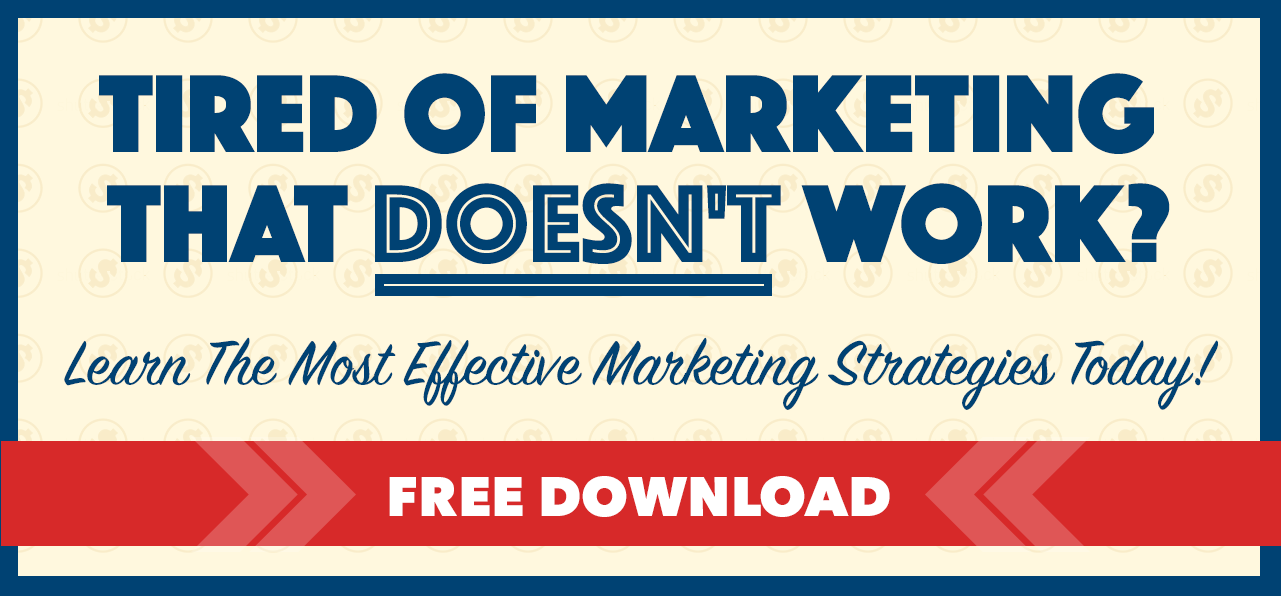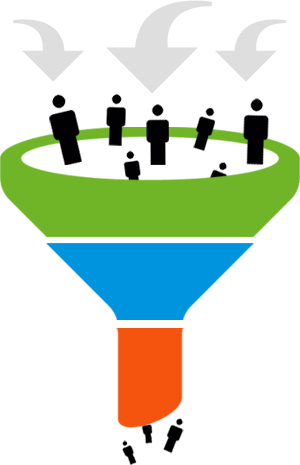We all know that in marketing, we have the best chance of success when we can put the right message, in front of the right audience at the right time.
Understanding traffic temperature will help us craft that perfect message.
TRAFFIC TEMPERATURE is basically a way that we can categorize different traffic sources and the relationship that we have with the prospects from those sources.
You’ve probably heard people talk about warm leads or cold leads…this is basically the same thing.
Traffic temperature comes in three stages;
- Cold Traffic
- Warm Traffic
- Hot Traffic
Our ultimate goal is to try and get as much hot traffic as possible so let’s start there and work our way backwards.
HOT TRAFFIC
These are people that know who we are, know what we do and we already have some sort of relationship with them. These are our customers – the folks on our email list.
What do we know?
- This is traffic we own
- The relationship is built
- They know, like and trust us
- We have direct access – meaning we can reach out to them anytime we want
- It costs us no extra cash to contact them
What does this look like?
When I was signing people up for one of our training webinars – the first thing I did was notify the people on my email list. These people know me and the quality of the work we do, so the messaging was really simple …
“Hey Joe – Mike here from Black Dog. Hey long time no chat – hope things are well with you. We’ve been slammed for the past few months turning our internal client attraction methods into a reproducible process and we’re going to be teaching it next week on a LIVE webinar … you need to check this out.”
It’s like a message from a friend.
WARM TRAFFIC
These are people that know who we are and have checked us out. Maybe they read some of our blog posts or skimmed by the site, but they aren’t customers and haven’t been added to our list yet.
What do we know?
- This is traffic we can control
- We have a semi-relationship
- They know of us, but not deeply – they haven’t committed yet
- To get more traffic, we will have to spend more money
What does this look like?
About 6 months ago we ran an expert interview series where we interviewed 9 successful pet business owners. On the backend of that series we sold a program. To fill out the series we ran Facebook ads – but instead of using my picture which would make sense, when talking to the hot traffic (because they already know me) – I talked more about the experts because the experts had more value to the audience than I did.
So they know about me but now they see that I’m associating with big-time industry leaders. It makes the offer more compelling.
COLD TRAFFIC
This is the traffic that we don’t control. We don’t know who it is, where they’re coming from or what their experience is. This is usually the worst converting traffic and we don’t have much control over how it comes to us. This is your SEO, blogging content, social media, etc.
What do we know?
- Not much
- We have very little control over when and where we get it
- We don’t know anything about them
- Our goal here is to qualify the traffic and move up the temperature scale
What does this look like?
When we were pushing the registration for the webinar, we received a lot of traffic to our site, blog posts, etc., so we tried to get users qualified as quickly as possible. We used a series of sidebar ads to lead magnets and popup windows to see what type of content the users were into.
This traffic was the lowest converting of any. That’s exactly why I’m not a huge fan of blogging and social media for small businesses. It’s too unpredictable and there are a lot of different factors that determine how much benefit you’ll get out of the work. 6-month lead time on SEO…forget it! I can create an ad in the morning and have 100 clicks by evening.
For my business … I used to pay marketing assistants to blog and do social media for me but I’ve found that I can get 10X the results by investing that money not in salary, but in traffic.
Now that you understand the three stages of traffic temperature, it is time to crank up the heat and TURN COLD TRAFFIC INTO HOT TRAFFIC ASAP!
Now It’s Your Turn
Use the comments section below and tell me how you have moved traffic up the temperature scale?







